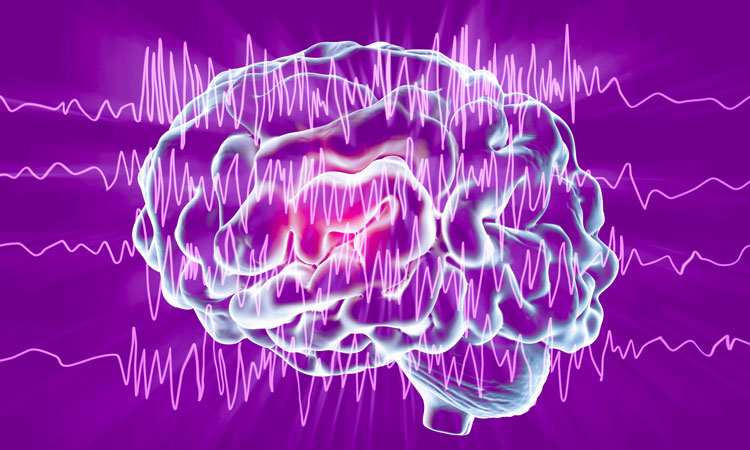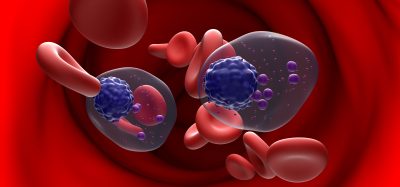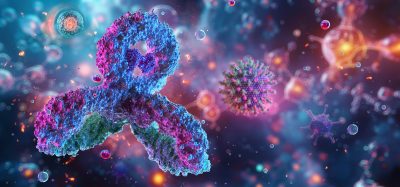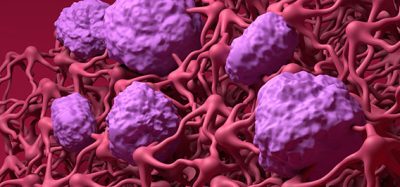New therapy stops seizures in mouse model of rare childhood epilepsy
Posted: 24 February 2020 | Rachael Harper (Drug Target Review) | No comments yet
A rare form of childhood epilepsy could be improved with a therapy called antisense oligonucleotide, following the development of a new model.


A new basic science breakthrough could lead to a potential treatment for rare developmental and epileptic encephalopathies resulting from a single genetic mutation, scientists say. The gene, called SCN8A, controls a sodium channel that allows neurons to transmit an electrical signal. When this gene is mutated, these channels can become hyperactive, resulting in recurrent seizures.
A therapy called antisense oligonucleotide (ASOs) has already enabled researchers to control gene expression. ASOs are short DNA or RNA molecules designed to block messenger RNA (mRNA) molecules and their encoded proteins. This allows them to control the amount of RNA expressed by mutated genes, dampening their effects on the body.
The team from Michigan Medicine – University Of Michigan (U-M), US, realised the potential of ASOs for this seizure disorder and they developed a mouse model that accurately and predictably mimicked the disease in people. They generated a mouse with the same SCN8A mutation found in several patients but with the mutation turned off long enough to test the therapy.
Developing mice with an ‘on switch’, they were able to administer the ASO and then turn on the mutation. “The effect was dramatic and unambiguous,” said Dr Miriam Meisler, Myron Levine Distinguished University Professor of Human Genetics and a Professor of Neurology at U-M Medical School. “We had a four-fold increase in lifespan, with added effects of repeated treatments.” There was no evidence of low-level seizure activity in the treated mice, the scientists said.
The amount of mRNA expressed was reduced by half after ASO treatment, which was well tolerated. The therapy was also effective against other types of epilepsy, including Dravet syndrome. The scientists are now testing other mouse models of seizure disorders to see how widespread the effectiveness might be: “This has the potential to go beyond sodium channel disorders,” Meisle continued.
Meisler further noted that ASOs are already US Food and Drug Administration (FDA) approved for several disorders, including spinal muscular atrophy: “I think this will be a breakthrough for these devastating neurological conditions; they are now amenable to a truly personalised treatment.”
The work is described in Annals of Neurology.
Related topics
DNA, Genomics, RNAs, Therapeutics
Related conditions
Epilepsy
Related organisations
Michigan Medicine at the University of Michigan
Related people
Miriam Meisler PhD








